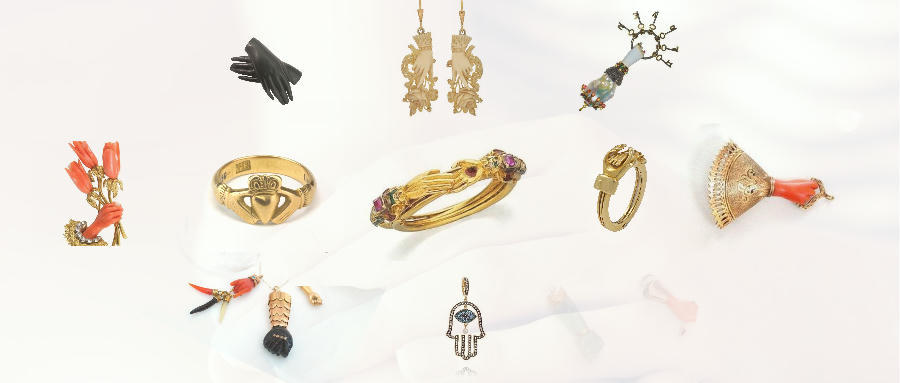
In jewelry, some elements also represent different meanings in addition to decorative effects. Hearts are always associated with love and affection; pumpkins remind of Halloween; snakes mean eternity.
The element we will look at today is a bit ghostly at first glance, and it may be difficult for modern people to understand. Only when you know its culture can you read the words behind these slender hands.
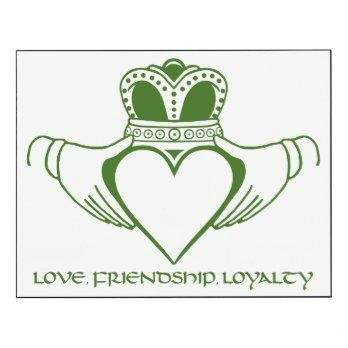
Claddagh Ring
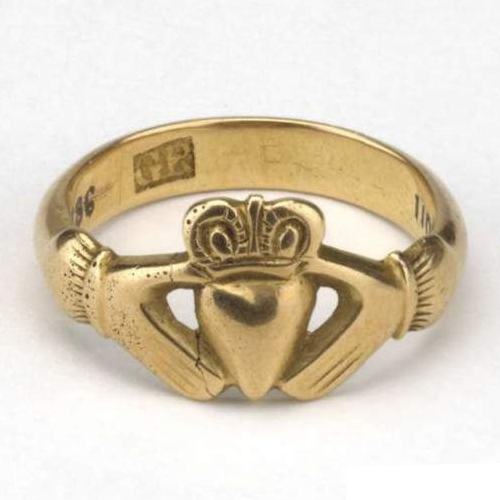
The shape of the two hands embraces a heart, and there is a small crown above the love. It is the classic style of the Claddagh ring with more than 400 years of history.
The heart represents love, the hands represent friendship and inseparability, and the crown represents loyalty to love and companionship. Whether love or friendship, all are crowned with the meaning of loyalty, this ring can be dedicated to either friendship or love.
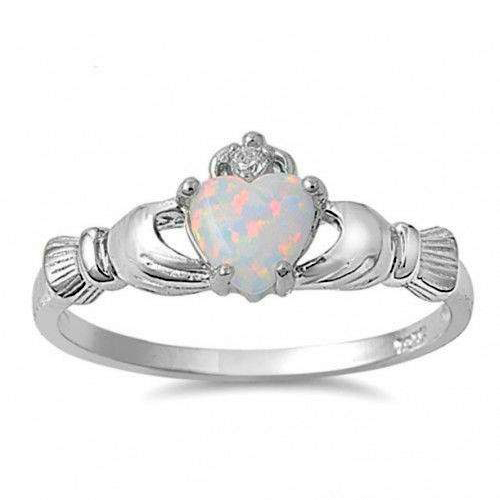
Wearing a Claddagh ring is also very interesting. Wear it on the left or right hand. The tip of the heart is facing inward or outward, which has different meanings. Please pay attention when wearing it.
Fede Ring)
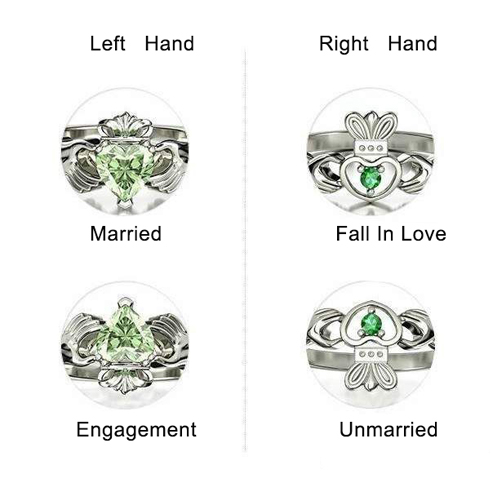
Fede Ring

The "Fede ring" shape is a tightly clasped hand, symbolizing "friendship, love, and loyalty."
The earliest Fede Ring was a token when a city-state concluded a covenant with a city-state and was later used in the wedding ceremony of newlyweds in ancient Rome.


With the improvement of the craftsmanship, the craftsmen have also added a lot of careful tricks to the Fede Ring. Overall, it is still held with both hands. Some can be opened to reveal the hidden inscriptions, and some can be split into several rings.
Gimmal Ring
Gimmal Ring, also known as Gimmel Ring, comes from the Latin gemellus, translated as Gimmal Ring. It is a famous engagement ring in England, Germany, and other places in the 16th and 17th centuries.
Gimmal itself has the meaning of twins. The Gimmal ring is a multi-ring combination ring. It adopts a nested structure and is generally composed of 2-3 rings of equal size.
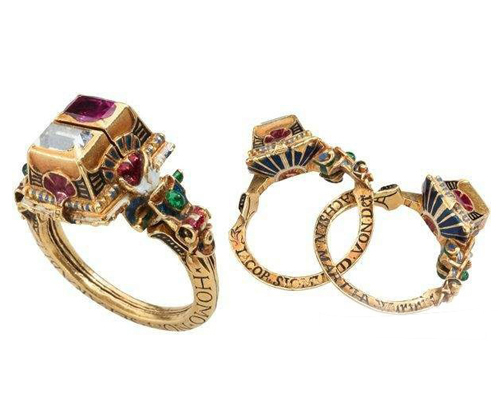
In traditional etiquette, both husband and wife will keep one of them before marriage. At the wedding ceremony, the two rings will be combined into a ring to confirm that the other is the person who will spend their life with them.
Around the 17th century, a third ring was added to the design of this unique ring, usually kept by the witness until the end of the wedding.
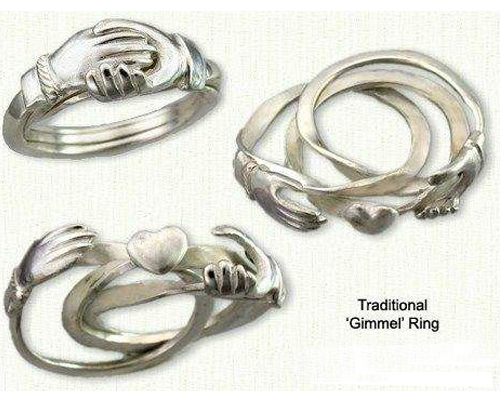
The two-circle Gimmal Ring often hides a mystery inside - a newborn baby is placed in one ring, and a skull is placed in the other, which means death and new life.
In the 16th and 17th centuries, skilled artisans combined the Fede Ring and the Gimmal Ring and designed the ring into a multi-ring combined structure: together, it is the shape of two hands clenched, and when separated, it is found that there is a hidden heart inside.
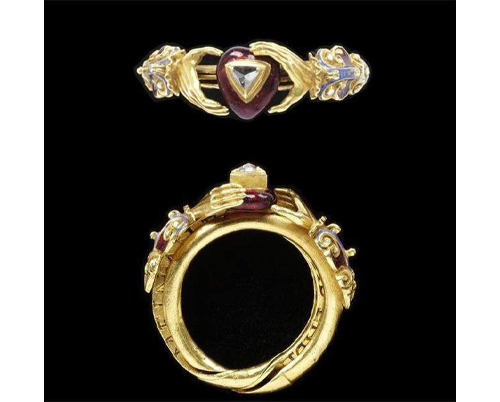
The most common combination is the three-ring combination; occasionally, a Jimmel ring like the Olympic rings can be seen.
No matter how many circles it is, this kind of multi-ring connection, a two-handed ring called Fede Ring or Gimmal Ring is all right.
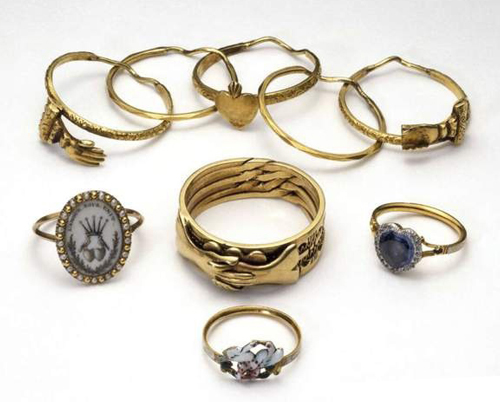
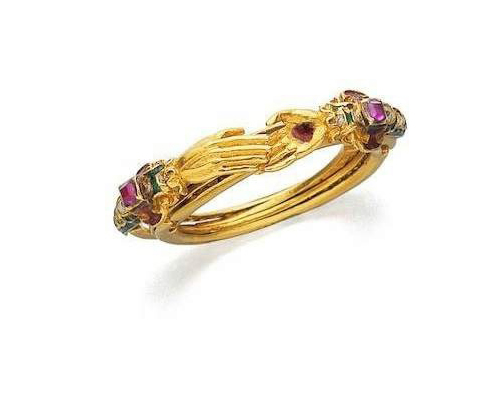
All things in hand
In the Victorian era, people wore jewelry not just for decoration but often because it had some meaning to the wearer.
The hand was a prevalent symbol at the time, sometimes appearing alone or holding something with some symbolic meaning.

The shape of the hand-held flower is prevalent, and different flowers have different meanings.
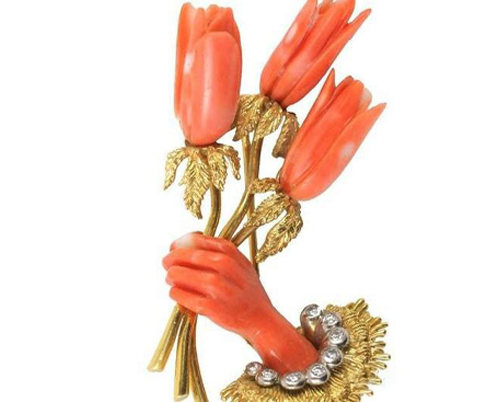
Holding a rose in hand naturally represents love.
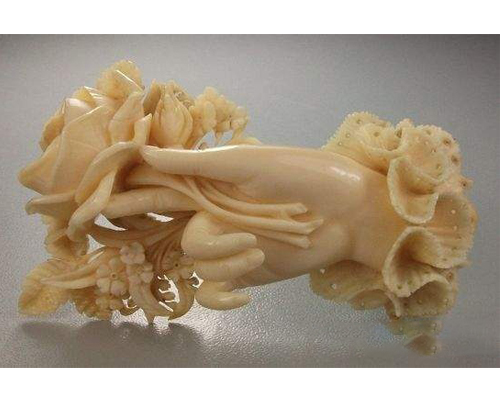
Roses and forget-me-nots often form a wreath or bouquet, held by a pair of fibrous hands, often seen on earrings.
Holding a snake in the hand means eternal love or wisdom.
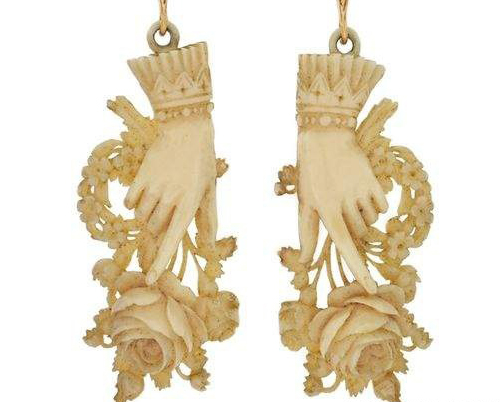
The hand holding the stick is for guidance or comfort when needed.
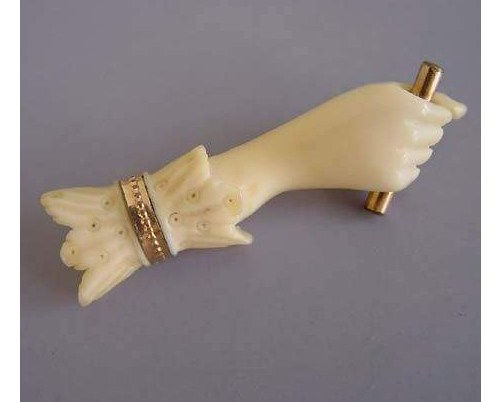
Holding a key in one hand is the heart of a lover.
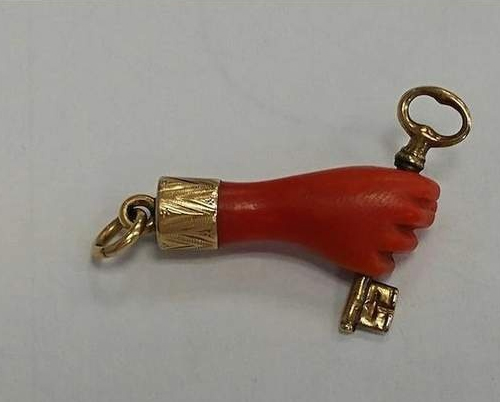
Holding a horseshoe means good luck.
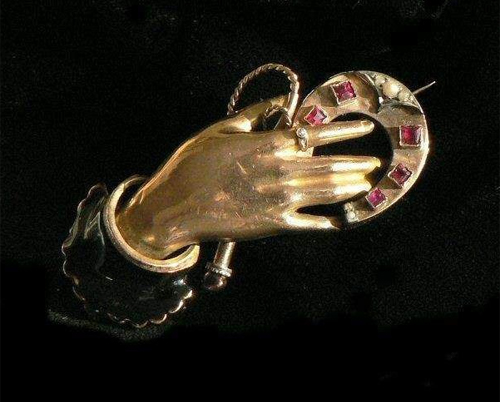
Mourning jewelry often depicts crossed hands, hands in prayer, or clasped hands, meaning "crossing the gulf between life and death."
In jewelry, the shape element of the hand is probably that everything can be held. It doesn't matter what the meaning is, as long as the person who wears it and sees it understands it.
Devil's Horn (Mano Cornuta / Horned Hand)
In early Italy, a pendant made in the shape of a mano cornuta / horned hand - straightening the index and little fingers and pressing the thumbs against the bent ring and middle fingers, was a powerful gesture to drive away from the devil.
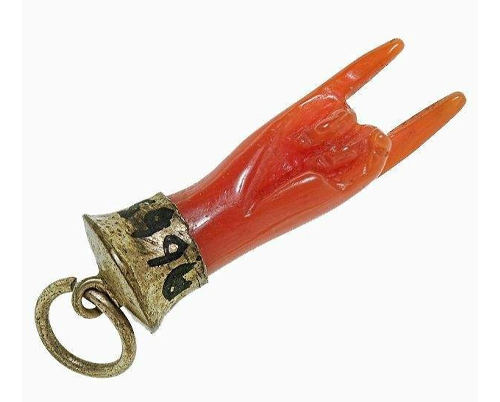
Fig Gesture (Mano Fico)
Still originated from Italian gestures, Mano Fico, Mano means hand, and Figo means fig.
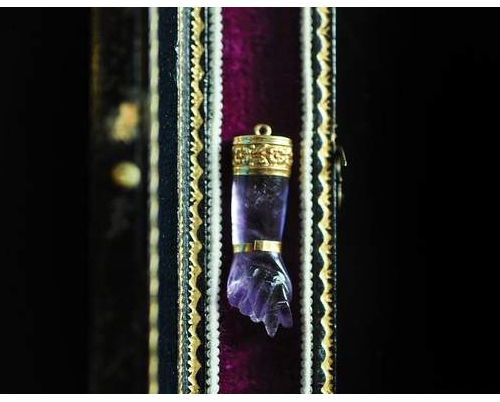
Fig is the holy fruit of Bacchus, the Roman god of wine. For the Romans, figs represent fertility and fertility, symbolizing the indescribable part of women who will disappear when they write articles.
By the Etruscan period, the gesture was worn as a spell to the goddess, a call to fertility, masculinity, and good times.
Over time and colonization, the symbol has crossed oceans and is commonly worn across Brazil and Peru as a protection against the eyes of evil.
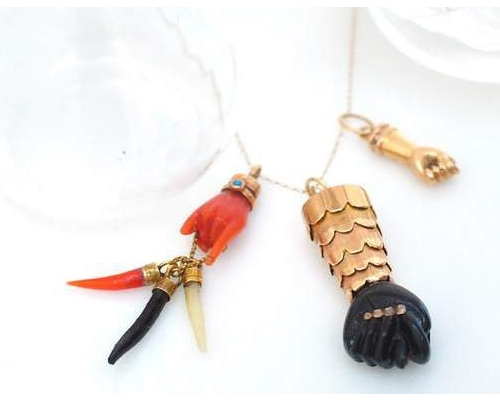
Mano Fico can be worn alone, or a ring can be added, and a gift bag to ward off evil can be hung below - the common ones include evil eyes, keys, crosses, and bells. There are also some indescribable carvings that will disappear after writing articles.
These two types of hand jewelry originating from Italy are, more precisely, amulets. Same logic as many European talismans - fight evil with evil, hang evil on your body to scare the devil away.
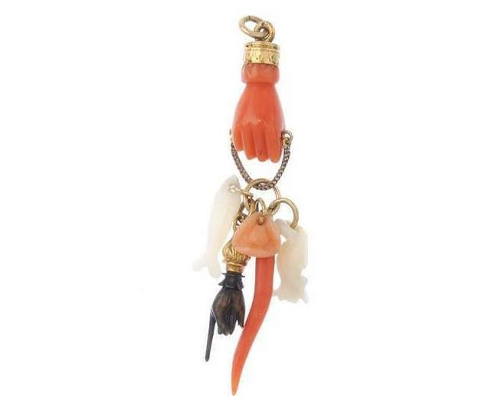
Traditionally, this amulet-like hand would be made of silver or red coral, the sacred elements of the moon and a sea goddess, respectively.
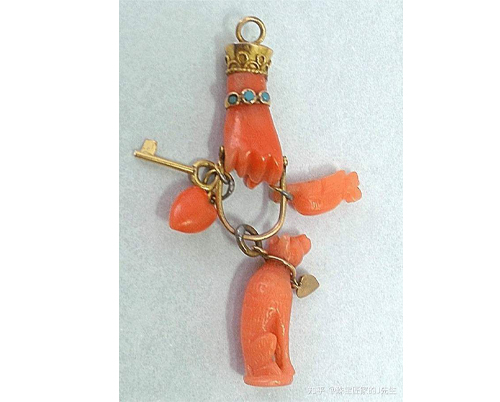
Hand of Fatima
In Arabic culture, an open palm pattern is called Kansas or the Hand of Fatima, the hand of Fatima.
Fatima (Fatima) is the daughter of the Prophet Muhammad. She is the moon goddess in Arabic legends; according to legend, her hands can cure all diseases of believers.

The hand of Fatima is a symbol of blessing, peace, and praying for health in Arab culture. Arabs like to make gold and silver jewelry in this shape and wear it as their amulet to ward off the evil eye.
Contact: Lee
Phone: 008615812571762
E-mail: le@lerings.com
Whatsapp:008615812571762
Add: 3F,#4 ShangXing Road, XingAn ChangAn Town, DongGuan,China
We chat